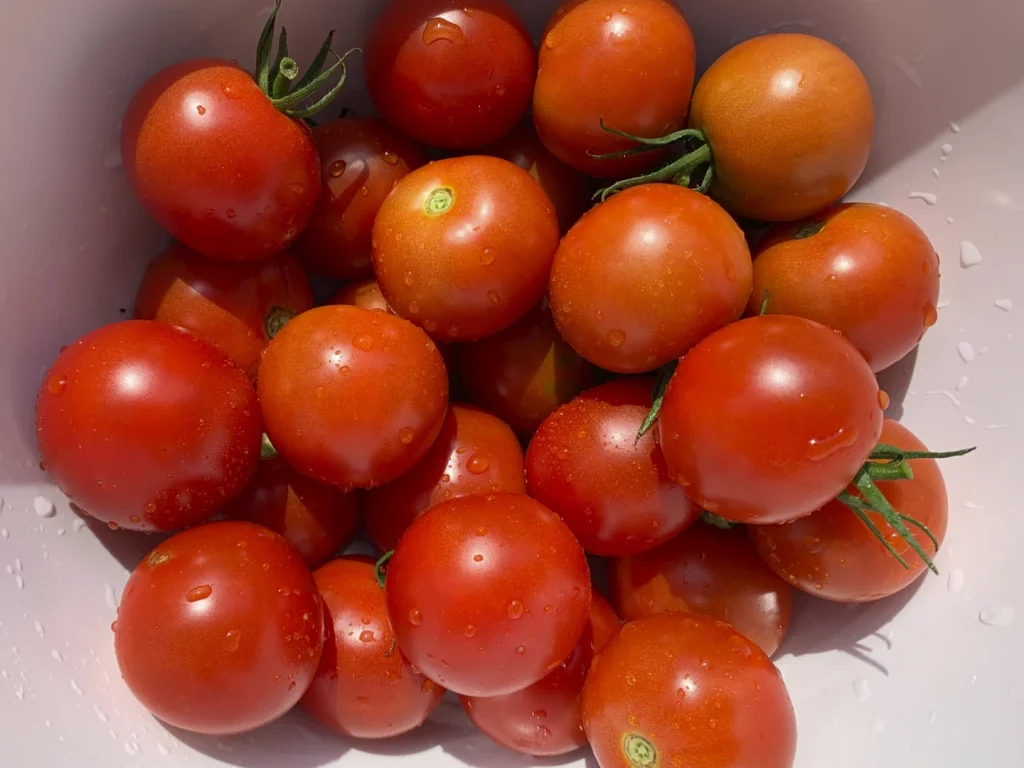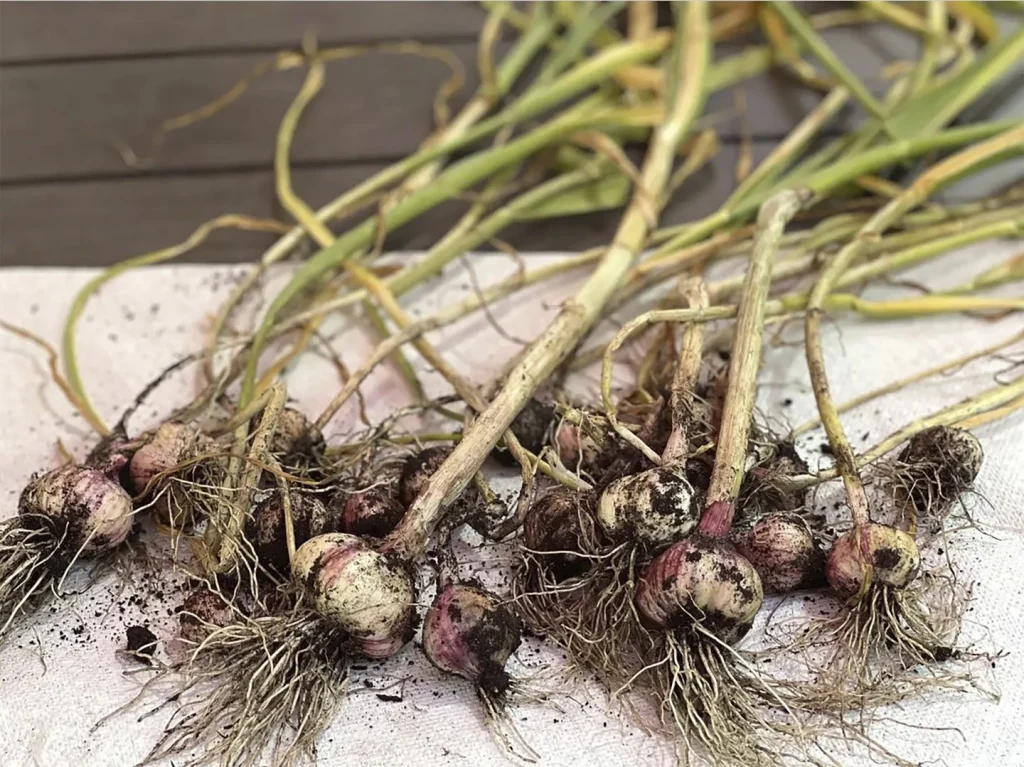The excitement of planning a vegetable garden often leads to the question, “What should I plant?” This query, posed by new gardeners during the winter months, reflects the anticipation and eagerness to embark on a journey of cultivation.
In response to this common inquiry, the traditional advice has been to plant what one likes. However, a shift in perspective has led to the inclusion of another crucial consideration: planting crops that are expensive to purchase at the supermarket.
This essay delves into the art of vegetable gardening, emphasizing the importance of planting for pleasure and practicality.
The act of gardening is a deeply personal endeavor, reflective of individual tastes, preferences, and familial culinary habits.
It is essential to dispel the notion that one must conform to external expectations when it comes to cultivating a garden.
The advice to plant what one enjoys may seem simplistic, yet it carries profound significance. By aligning the garden with personal preferences, individuals can derive genuine enjoyment and satisfaction from their horticultural pursuits.
The repercussions of disregarding personal preferences in favor of societal or perceived expectations are significant.
Planting vegetables that hold little appeal to the gardener or their family can result in wasted resources, both in terms of food and effort.
Moreover, such a mismatch can lead to disillusionment and aversion towards gardening itself. Therefore, the cultivation of vegetables that resonate with the gardener’s palate and preferences is pivotal for fostering a genuine passion for gardening.
In recent years, an additional dimension has been added to the discourse on vegetable gardening: the consideration of practicality.
The rising costs of fresh produce in supermarkets have prompted a reevaluation of the crops chosen for home cultivation.
It is no longer solely about planting what one enjoys, but also about strategically selecting crops that offer economic benefits.
The decision to plant crops that are expensive to purchase at the supermarket is a pragmatic approach to vegetable gardening. Herbs, berries, garlic, and organic produce are examples of items that can command high prices in commercial outlets.
By cultivating these items in one’s backyard, or even in containers on a patio or balcony, gardeners can mitigate the financial burden associated with purchasing these items regularly.
The amalgamation of pleasure and practicality in vegetable gardening is a harmonious and sensible approach.
By aligning the garden with personal preferences and simultaneously considering the economic value of the crops, individuals can derive both intrinsic and extrinsic rewards from their horticultural endeavors.
In conclusion, the question of “What should I plant?” encapsulates the essence of vegetable gardening, encompassing both personal satisfaction and practical considerations.
The advice to plant what one enjoys remains pertinent, as it ensures that the garden is a source of joy and fulfillment.
Simultaneously, the consideration of planting crops that are expensive to buy at the supermarket adds a layer of practicality, enabling individuals to economize while enjoying the fruits of their labor.
Ultimately, the art of vegetable gardening lies in the delicate balance between planting for pleasure and practicality.
By embracing this duality, new gardeners can embark on their horticultural journey with confidence, knowing that their gardens will not only bring them joy but also contribute to their well-being in a practical and economical sense.
In the realm of sustainable living and self-sufficiency, the practice of home gardening stands as a cornerstone, offering an array of benefits that extend beyond the mere act of cultivation.
The process of nurturing a garden not only provides a source of fresh produce but also fosters a deeper connection with the natural world and an understanding of the intricate balance within ecosystems.
Among the various aspects of gardening, the art of saving money and seeds holds a pivotal role, unlocking the potential for long-term sustainability and self-reliance.
This essay delves into the profound significance of cultivating a home garden, emphasizing the economic and ecological advantages of saving seeds and the diverse range of vegetables that can be grown, preserved, and stored.
At its core, home gardening embodies a harmonious blend of simplicity and abundance. The essential elements for growing most vegetables are remarkably straightforward: seeds, soil, fertilizer, sunlight, and water.
This fundamental framework underscores the accessibility and universality of gardening, dispelling the notion that elaborate resources are requisite for its pursuit.
The inherent beauty of this process lies in its inherent simplicity, as it empowers individuals to cultivate a thriving garden with minimal inputs, thereby fostering a sense of self-sufficiency and resourcefulness.
The practice of saving seeds from heirloom vegetables, those that have not undergone hybridization or manipulation, represents a time-honored tradition that encapsulates the essence of sustainability and frugality.
By preserving seeds from year to year, gardeners can harness the innate genetic potential of these heirloom varieties, ensuring the continuity of desirable traits and flavors.
The economic implications of seed saving are nothing short of remarkable, as evidenced by the sheer abundance of produce that can be derived from a single plant.
For instance, the prolific nature of grape tomato plants, yielding approximately 2,000 fruits per plant throughout a growing season, underscores the staggering potential for savings that can be unlocked through seed preservation and cultivation.
Furthermore, the act of drying seeds at the conclusion of each season and storing them in a paper envelope within a dry, cool environment for subsequent spring planting epitomizes the ethos of self-reliance and sustainability.
This timeless practice not only mitigates the need for recurrent seed purchases but also engenders a profound sense of connection with the natural cycles of growth and regeneration.
In the context of home gardening, the choice of vegetables to cultivate should extend beyond mere practicality, encompassing a broader appreciation for diversity and culinary exploration.
The availability of certain vegetables in commercial outlets may be limited, prompting individuals to seize the opportunity to grow these varieties in their own gardens.
Vegetables such as Malabar spinach, bitter melon, tomatillos, cucamelons, and Romanesco, while relatively uncommon in mainstream markets, offer a wealth of culinary possibilities and nutritional benefits.
By embracing the cultivation of these unique vegetables, individuals not only expand their culinary horizons but also contribute to the preservation of diverse plant species, thereby enriching the ecological tapestry of their surroundings.
The culmination of a successful harvest in a home garden heralds the need for effective preservation and storage methods to prolong the freshness and nutritional value of the produce.
A myriad of techniques can be employed to achieve this, ranging from processing and sealing edibles in airtight jars for long-term storage to freezing produce for future use.
The versatility of these preservation methods underscores the adaptability and resourcefulness inherent in home gardening, enabling individuals to savor the bounties of their labor throughout the year.
In my own practice, the freezer assumes a pivotal role in preserving an array of produce, ranging from flat-leaf herbs such as basil and parsley to chive-olive-oil ice cubes, diced cucuzza squash, and blanched string beans and greens.
Additionally, the utilization of airtight jars for storing grilled peppers and tomatoes in oil exemplifies the capacity of home gardeners to maximize the utility and longevity of their harvest.
Furthermore, the preservation of last year’s garlic on the countertop serves as a testament to the enduring appeal of traditional preservation methods, underscoring the time-honored wisdom that permeates the realm of home gardening.
In conclusion, the art of saving money and seeds within the context of home gardening represents a multifaceted endeavor that transcends mere cultivation, encompassing economic, ecological, and culinary dimensions.
The act of preserving heirloom seeds and harnessing their genetic potential not only yields considerable savings but also fosters a profound connection with the natural world, perpetuating the timeless cycle of growth and regeneration.
Furthermore, the cultivation of diverse and uncommon vegetables not only enriches culinary experiences but also contributes to the preservation of botanical diversity, thereby enhancing the ecological fabric of our surroundings.
The preservation and storage of harvested produce exemplify the resourcefulness and adaptability inherent in home gardening, enabling individuals to savor the fruits of their labor throughout the year.
In essence, the practice of saving money and seeds within the context of home gardening embodies an ethos of sustainability, self-reliance, and reverence for the natural world, underscoring its enduring relevance in the modern era.
Gardening, a timeless pursuit, offers a plethora of benefits, from fostering a deeper connection to nature to providing a source of fresh, organic produce.
However, the allure of transforming an entire backyard into a bountiful garden can be overwhelming, leading to neglect and disappointment.
The wisdom of starting small and gradually expanding one’s gardening endeavors is a prudent approach that not only ensures success but also promotes a sustainable and enjoyable experience.
The adage “less is more” rings true when embarking on a gardening journey. Instead of succumbing to the temptation of a complete backyard overhaul, it is advisable to begin with modest ambitions.
Limiting oneself to two 4-by-4-foot raised beds, or a single 4-by-8-foot bed, or a 10-by-10-foot garden in the first year lays the foundation for a manageable and sustainable gardening practice.
By starting small, individuals can focus on nurturing a compact area, ensuring that it thrives under their care.

The commitment of time is a crucial aspect of successful gardening. Allocating approximately 30 minutes, two or three times a week to tend to the garden not only fosters a sense of responsibility but also allows for meaningful interaction with the plants.
This regular engagement not only ensures the health and vitality of the garden but also provides individuals with an opportunity to observe the gradual progress and development of their plants.
The concept of “a little bit more each year” embodies the essence of sustainable gardening. As one becomes adept at managing their initial garden space, the prospect of adding another bed or row in the subsequent year presents itself.
This incremental approach allows individuals to expand their gardening endeavors in a manner that aligns with their evolving skills and knowledge. It also serves as a testament to the adage that patience and perseverance are integral to reaping the rewards of gardening.
The gradual approach to gardening not only nurtures plants but also nurtures one’s financial well-being. By starting small and gradually expanding, individuals can manage their expenses effectively.
This approach is particularly beneficial for novice gardeners who may be exploring the intricacies of gardening without wanting to incur significant financial investments.
The gradual expansion allows for the acquisition of tools, seeds, and other essentials in a sustainable and budget-friendly manner.
In conclusion, the wisdom of starting small and embracing the concept of “a little bit more each year” encapsulates the essence of sustainable and rewarding gardening.
By limiting the initial garden space, investing time in its care, and gradually expanding one’s horticultural pursuits, individuals can cultivate a harmonious and fulfilling relationship with nature.
This approach not only ensures success but also instills a sense of patience, responsibility, and appreciation for the gradual wonders of the natural world.
As we embark on our gardening journeys, let us heed the wisdom of incremental growth and savor the joy of nurturing our gardens, one step at a time
